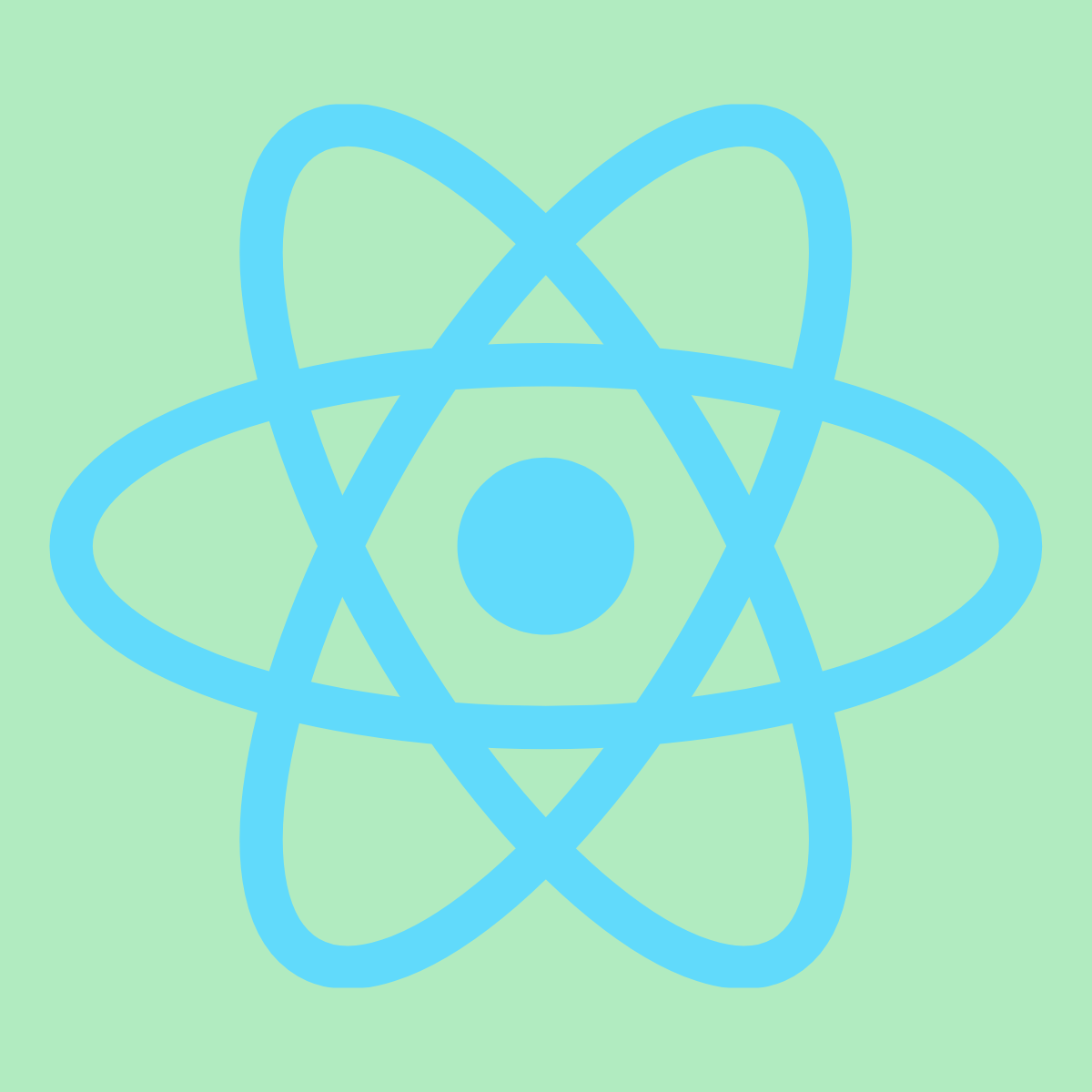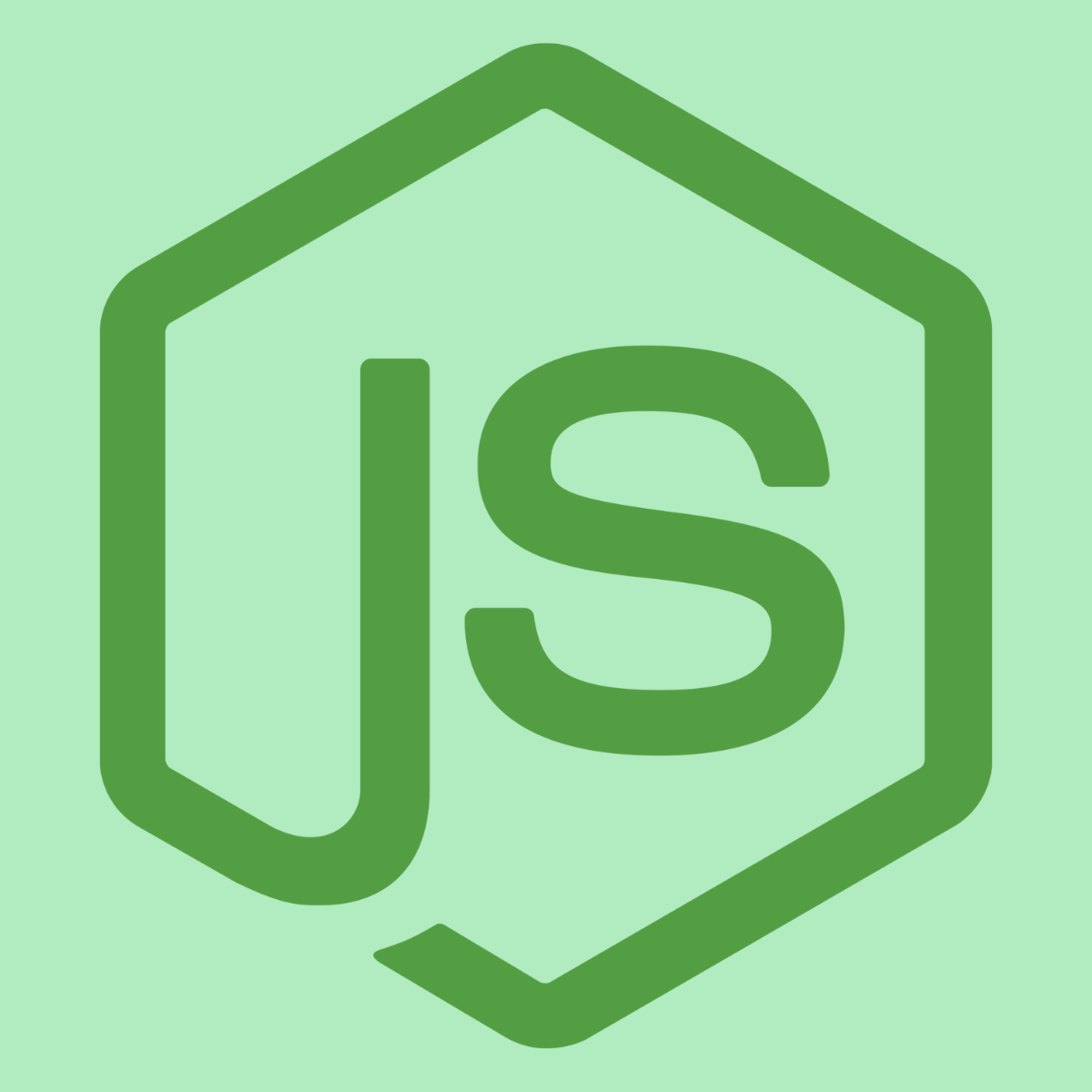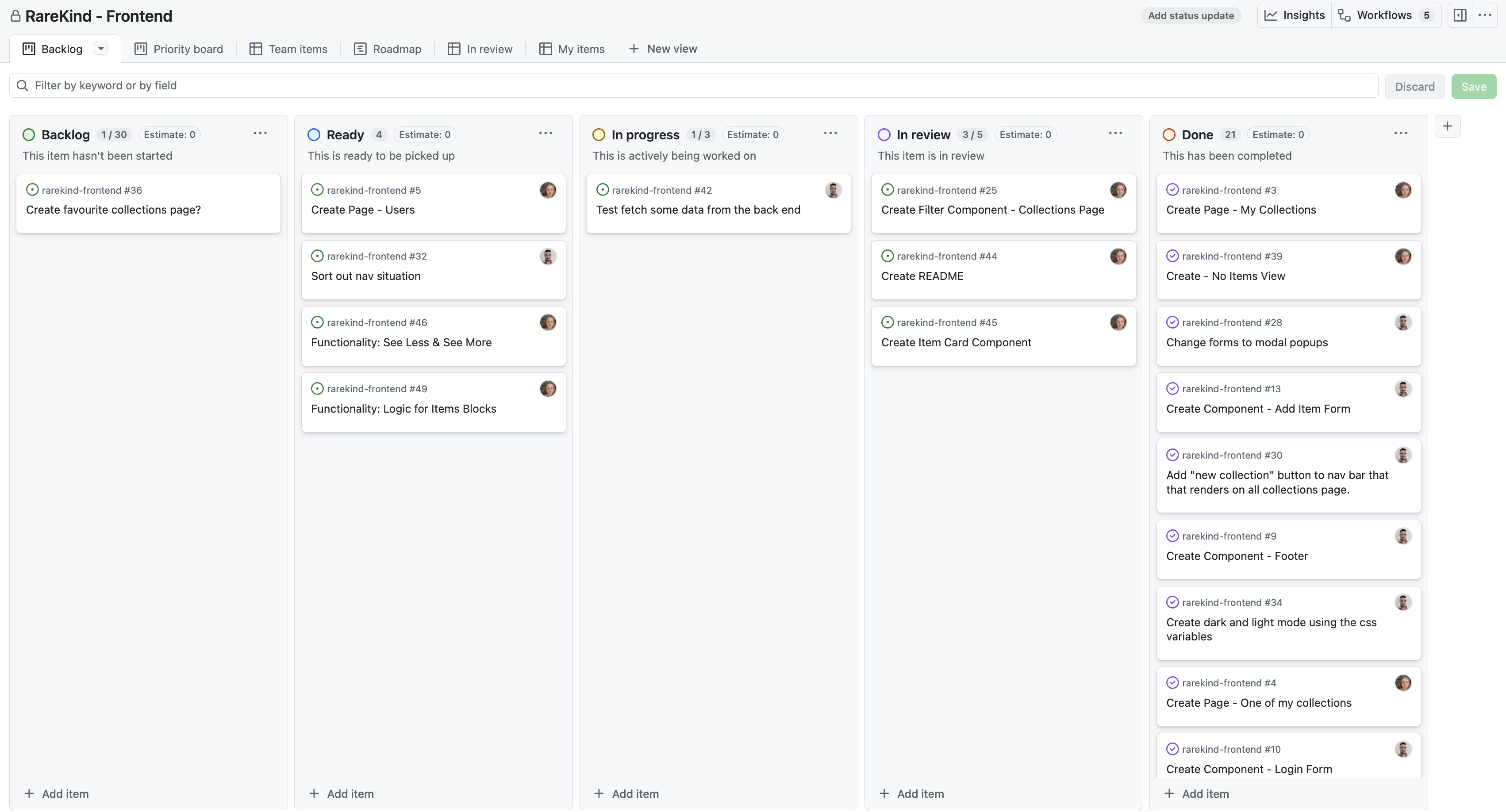Bootcamp Week 8 – Starting a FullStack Final Project



This week, we began our final project, which includes a backend and is to be completed in three weeks. We were placed into groups of four: two members are responsible for the frontend using React, and the other two are working on the backend with Node.js. I’m part of the frontend team.
Our project, called RareKind, is a platform for people interested in exotic animals to share information about their collections. Users can explore other members’ collections, as well as browse, add, edit, and delete entries in their own collection of exotic animals.
As a group, we are responsible for building both the API and the frontend.
Planning the React Frontend
At the start of this project, since we didn’t yet have a backend, we needed to decide which frontend tasks we could begin while the backend team created mock data for us to use. We chose to focus on creating and styling components and pages - without adding full functionality yet - and on setting up our page routes with React Router. For each task that needed to be created, we made an issue in our GitHub Projects Kanban Board. From each issue, we could then create a branch to work from off the main branch.
The screenshot shows the progress we’ve made over the last seven days rather than from the very start, but our project board is organised into five columns:

- Backlog - Tickets to work on later in the project.
- Ready - Issues that are ready to be picked up.
- In Progress - Issues currently being worked on.
- In Review - Issues with pull requests awaiting review.
- Done - Issues that are completed and merged into main.
Having these columns helps us, as the frontend team, clearly identify who is working on what and determine the priority of tasks that can be completed at this stage. Overall, taking the time to plan where to start and organise our work before coding has made our goals for the first week much clearer.
Deciding on Components vs Pages
A key part of our initial planning was deciding which parts of the UI should be built as pages and which should be created as components. Pages are the main views users navigate to through React Router, whereas components are reusable building blocks such as cards, buttons, and forms. Identifying these early allowed us to structure our GitHub issues more effectively and ensured that multiple team members could work in parallel without overlapping or duplicating work.
As we continue developing the project, we may find that some components can be broken down further to support additional functionality or to share data across pages. For now, however, we’ve made a strong start with this clear separation of components and pages.
Overall Thoughts on this Week
Overall, this week has been a valuable experience in learning how to collaborate effectively within a team - especially alongside a backend team. It will be interesting to see how our work evolves once we start integrating with the backend they’re building.
All in all, planning our tasks and setting up the frontend structure has given us a clear direction and a solid foundation for the weeks ahead.